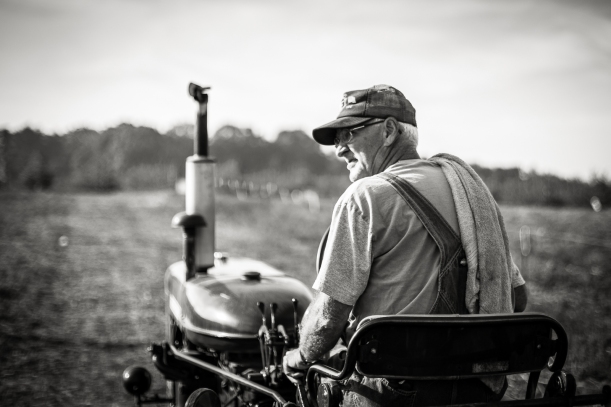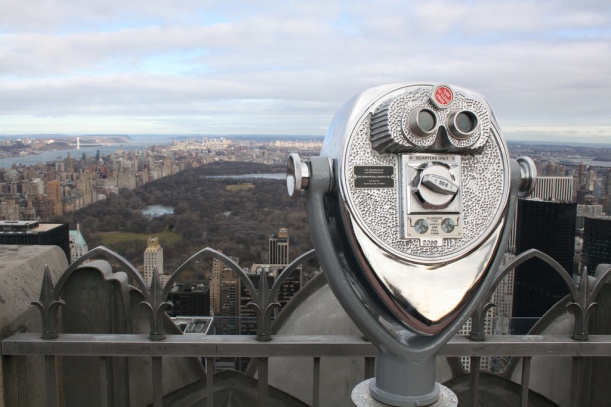In these last few weeks, I’ve been thinking a lot about vocation and finding a job. In between informational interviews, some common questions keep coming to the forefront of my mind. Is my personality suited for this type of position? Would I actually be able to help people and accomplish good in this role?
It seems that being an artist carries with it a certain kind of condition—a condition of having a heightened sense of empathy and ability to relate to other people.
Artists are storytellers, and, like all good storytellers, have the ability to put themselves in different people’s shoes in order to bring a particular story to life. Even without having personally experienced a situation, a true artist can effectively take on a role and convincingly express that character’s perspective—think of Jodie Foster’s poignant portrayal of a woman suffering from post-traumatic stress disorder in the 2007 movie “The Brave One.”
Blame it on an artist’s imagination, but sometimes it feels like having a lot of empathy is a bad thing.
Maybe empathy doesn’t make a person look tough, but is it possible to have too much empathy? Is it detrimental if you have a knack for putting yourself in other people’s situations and glimpsing some of the hardships they face?
In some regards, I think being an especially empathetic person can be a very beneficial quality for a lawyer to have because, after all, lawyers win cases by developing persuasive arguments and telling a vivid, relatable story.
On the other hand, as I read this past week in “The 7 Habits of Highly Effective People,” too much empathy can get you fired. Oprah Winfrey was fired from one of her first jobs as a co-anchor for a Baltimore news station because she often had to fight back tears while reporting stories and couldn’t distance herself enough to maintain a stoic countenance.
Not only can having too much empathy appear unprofessional and get you fired, it can wreak havoc on your own life, burdening you with more than you can carry.
Under the weight of such an added burden, could too much empathy impair a person’s ability to help other people who are hurting? If you relate too well to another person’s situation, are you not able then to provide the strength, encouragement, and advice they need to help them heal?
I don’t have all the answers to these questions in my head right now, but I think there must be a way to keep empathy under a certain level so that it doesn’t overwhelm a person with added stress and also allows a person to still be able to help those in difficult circumstances. What are your thoughts?



















